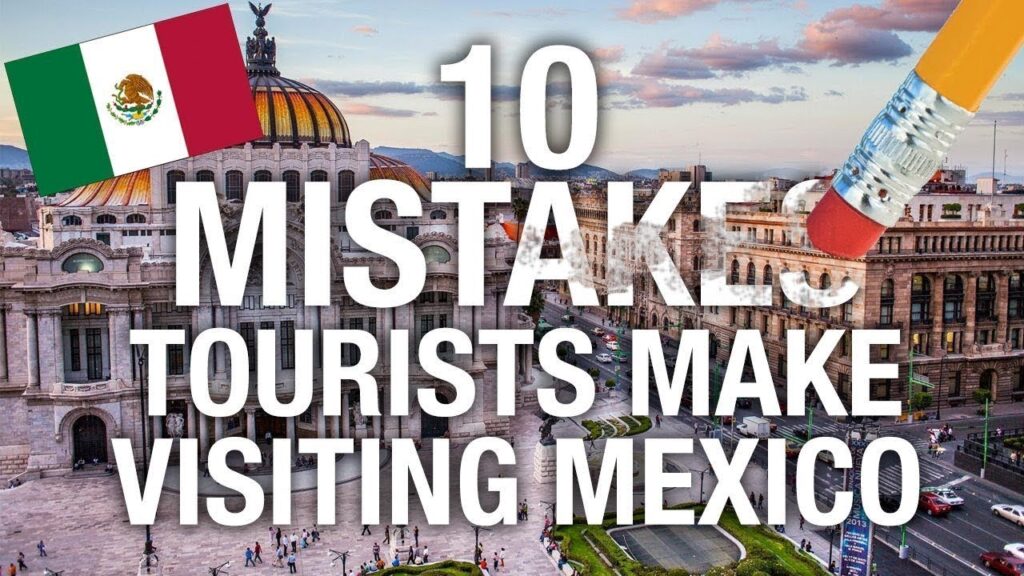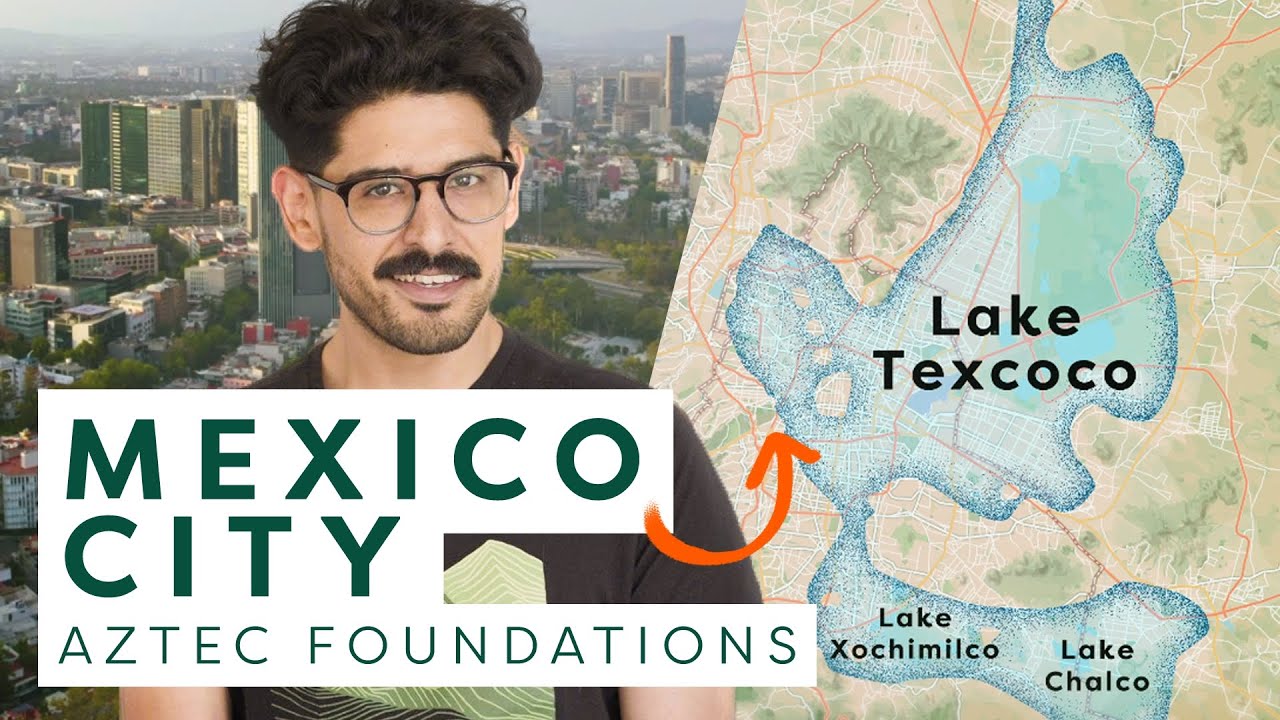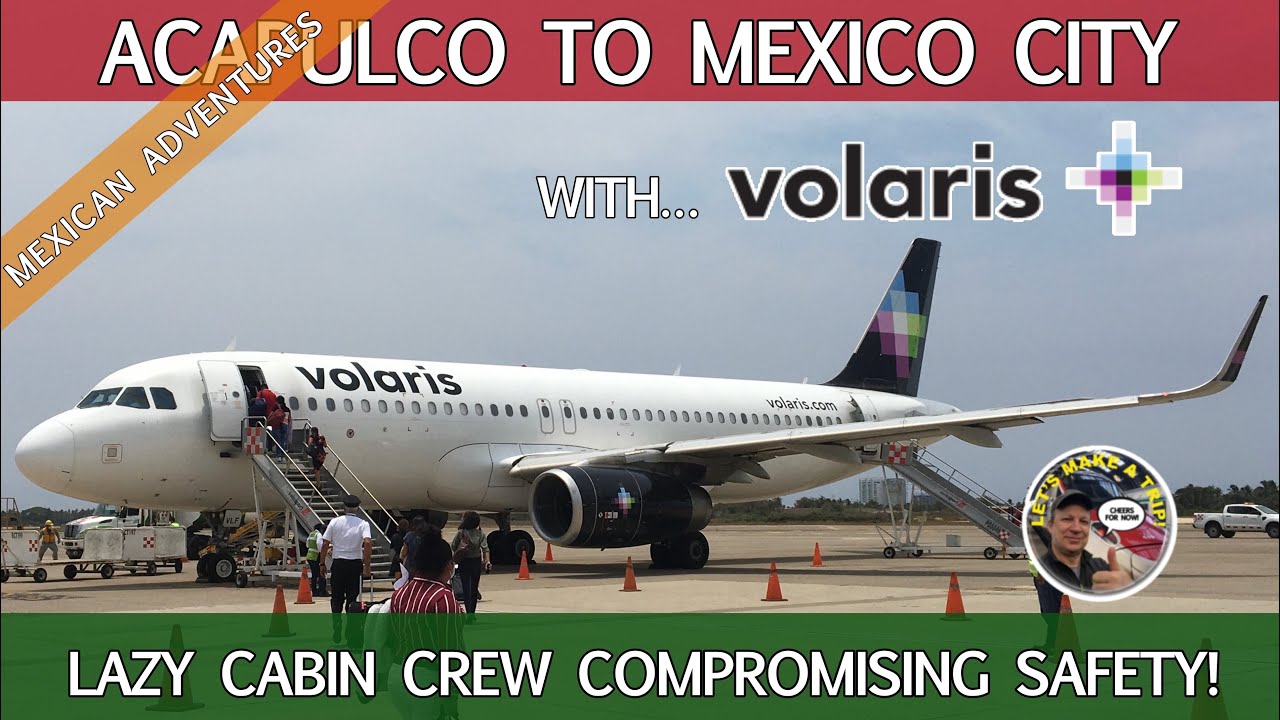Understanding the Challenges of Urban Transportation in Mexico City
Mexico City, one of the largest cities in the world, presents a complex tapestry of urban transportation options. The city’s sheer size, combined with its vibrant population of over 21 million inhabitants, makes the task of navigating its streets and transportation systems both daunting and time-consuming. With millions of journeys made daily, the capital’s infrastructure is often pushed to capacity, leading to significant challenges in urban mobility.
The heart of these challenges is the substantial traffic congestion faced by residents and visitors alike. Mexico City’s roads are notorious for their endless traffic jams, which can occur at nearly any time of day but peak during rush hours. The congestion is exacerbated by factors such as roadwork, accidents, and weather conditions, making travel times unpredictable and often frustratingly long.
Public transportation presents its own set of obstacles. While the city boasts an extensive Metro system, with 12 lines covering over 200 kilometers, it often operates at or beyond its intended capacity. Over-crowding is a regular concern, particularly during peak travel times, and can lead to uncomfortable and even unsafe conditions for commuters. Furthermore, delays and service interruptions can disrupt travel plans and lead to a sense of unreliability among users.
Beyond the Metro, Mexico City also offers a range of bus services, including the Metrobús rapid transit system and traditional public buses. While these services provide critical connectivity across the city, they are not immune to the issues that plague the metropolis’s roadways. Traffic congestion directly affects bus travel times, compromising their efficiency as a transportation alternative. Additionally, varying service quality and the need for better integration among various modes of transit pose challenges for the average commuter.
Efforts to improve urban transportation are ongoing, with the city exploring options such as expanding existing Metro lines, improving bus services, and promoting alternative modes of transport like cycling and walking. However, these improvements face their own hurdles, including financial constraints, infrastructure limitations, and the need for comprehensive planning that accommodates the city’s growing population. As Mexico City continues to evolve, understanding and addressing these challenges remains essential for the development of a more efficient and sustainable urban transportation system.
Innovative Policies for Sustainable Mobility in Mexico’s Capital
Mexico City, a bustling metropolis with over 21 million inhabitants, faces significant mobility challenges. The city government has recognized the pressing need for sustainable transportation solutions and has embarked on implementing innovative policies to transform urban mobility. Among these initiatives, the expansion of the Bike Sharing Program stands out. Launched as “Ecobici,” this program has grown to become one of the largest in the world, improving last-mile connectivity and promoting a healthier, eco-friendly means of transit.
But the commitment to green transportation doesn’t end there. Mexico City has also introduced a fleet of electric buses, aiming to alleviate the environmental impact of its public transit system. The buses operate on major routes, offering a quieter, zero-emission alternative to traditional diesel-powered vehicles. Moreover, the city’s infrastructure has been adapted to support electric and hybrid vehicles, with an increasing number of charging stations being installed across the city, encouraging the adoption of clean private transportation.
Understanding that mobility is not a standalone issue, the capital has integrated these initiatives within a larger framework of urban development. The implementation of “Complete Streets” incorporates not only the needs of vehicles but also the safety and convenience of pedestrians and cyclists, fostering a more equitable and accessible urban landscape. By repurposing street space, this policy prioritizes the movement of people rather than cars, embodying a modern vision of what city transit can aspire to be. Such comprehensive planning exemplifies Mexico City’s dedication to creating a sustainable and inclusive urban mobility paradigm.
Public-Private Partnerships: A Strategic Approach for Mexico City’s Infrastructure
Mexico City, a sprawling metropolis and the heart of the nation’s commerce and culture, faces significant infrastructure challenges. The city’s authorities have turned to public-private partnerships (PPPs), recognizing the potential in combining public sector oversight with the efficiency and innovation of private sector enterprises.
PPPs in the transportation sector, for example, have facilitated the construction of new subway lines and the improvement of bus rapid transit systems. Such joint ventures not only ease the fiscal pressure on municipal budgets but also aim to meet the rising demand for efficient public transport in one of the most densely populated cities in the world.
The challenges of urban water management have also been addressed through PPPs. With an increasing population and the stress of limited water resources, innovative solutions are essential. These partnerships have been crucial in modernizing the water treatment facilities, reducing leaks, and improving water distribution networks, which are vital steps towards a sustainable urban environment.
In addition to transportation and water management, PPPs have been pivotal in renewable energy initiatives. Solar and wind power projects are being developed around the city, supporting Mexico’s commitment to reduce its carbon footprint and combat climate change. Private investment in these sectors enables the city to harness advanced technologies and promote environmental sustainability.
While the benefits of PPPs are evident, they also require careful structuring to ensure alignment of public interests with private sector goals. Transparent frameworks and robust legal agreements form the cornerstone of successful PPPs, aspiring to build better infrastructure for Mexico City and ultimately improving the quality of life for its inhabitants.
Enhancing Public Transport: Key Initiatives for Mexico City’s Government
Mexico City’s government is taking significant steps to make public transport more efficient and environmentally friendly, aiming to address the mobility challenges of one of the world’s most populous cities. Among the key initiatives is the expansion of the Metrobus system, which serves as a quick and cost-effective mode of transport. This initiative includes adding new lines to underserved areas, thus increasing the availability of rapid transit options across the city.
Another focus area for Mexico City is the improvement of existing metro systems. Upgrades to trains, tracks, and signal systems are underway to enhance the capacity and reliability of service. Efforts are also being made to integrate different modes of transport, allowing smoother transitions between metro, bus, and other city transport services. With these upgrades, the government aims to reduce the average commuter’s travel time and make public transport a more attractive alternative to private vehicles.
Lastly, to further the agenda of sustainable transport, the city is investing in electric buses. This not only helps in reducing the carbon footprint but also provides a cleaner and quieter mode of transportation. The initiative includes the creation of dedicated lanes for these buses, ensuring speedier commutes, and a push towards establishing charging infrastructure citywide. By pursuing these initiatives, Mexico’s capital is setting a precedent for modern urban transportation in Latin America.
Fostering Community Involvement in Urban Planning in Mexico City
Mexico City is a vibrant and ever-evolving metropolis that is constantly facing new urban planning challenges. In an effort to create a more harmonious cityscape that meets the needs of its dwellers, fostering community involvement in urban planning initiatives has become a priority. By empowering residents and local organizations to partake in decision-making processes, urban projects are more likely to reflect the diverse needs of the community and promote inclusive growth.
Engagement strategies have been implemented to encourage participation from all sectors of society. These include public forums, workshops, and online platforms where citizens can voice their opinions and provide feedback on urban development projects. This inclusive approach not only democratizes urban planning but also instills a sense of ownership among community members, leading to more proactive efforts in maintaining and improving their local environments.
One groundbreaking project that illustrates successful community involvement is the transformation of an underutilized park in the heart of the city. Residents worked alongside planners to redesign the park to be more accessible and enjoyable for families, children, and the elderly. The outcome was not just a revitalized public space, but also a strengthened community bond and a heightened civic pride. Such participatory processes have become a model for other urban revitalization efforts across the city.
Collaborative urban planning initiatives in Mexico City also focus on sustainability and resilience. Communities are increasingly aware of environmental issues and are eager to contribute to green urban planning. This includes advocating for more green spaces, efficient public transportation, and sustainable housing. By incorporating community input, urban planners can better address environmental concerns while also respecting the socio-cultural context of the area.
Finally, the use of technology has played a pivotal role in engaging the community. Interactive mapping tools, social media campaigns, and digital surveys have made it easier for residents to participate in urban planning. These technological avenues provide a platform for a broader demographic, which ensures that the views of the youth, working professionals, and tech-savvy individuals are included in shaping the future of Mexico City’s urban landscape.


